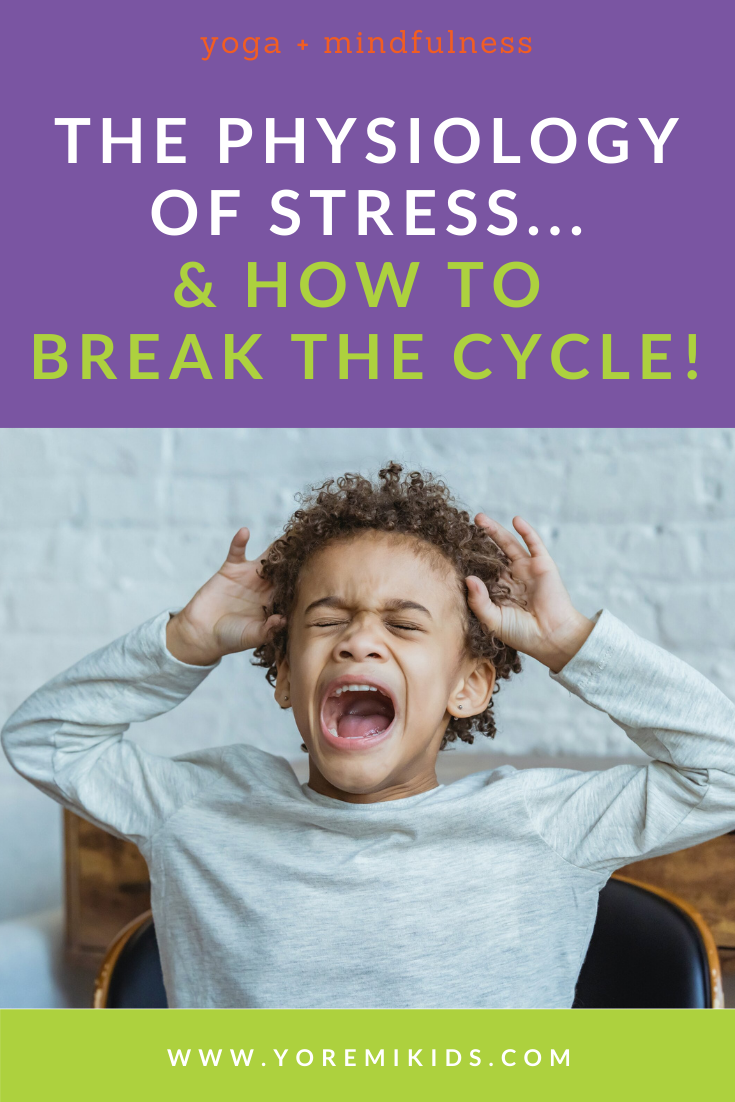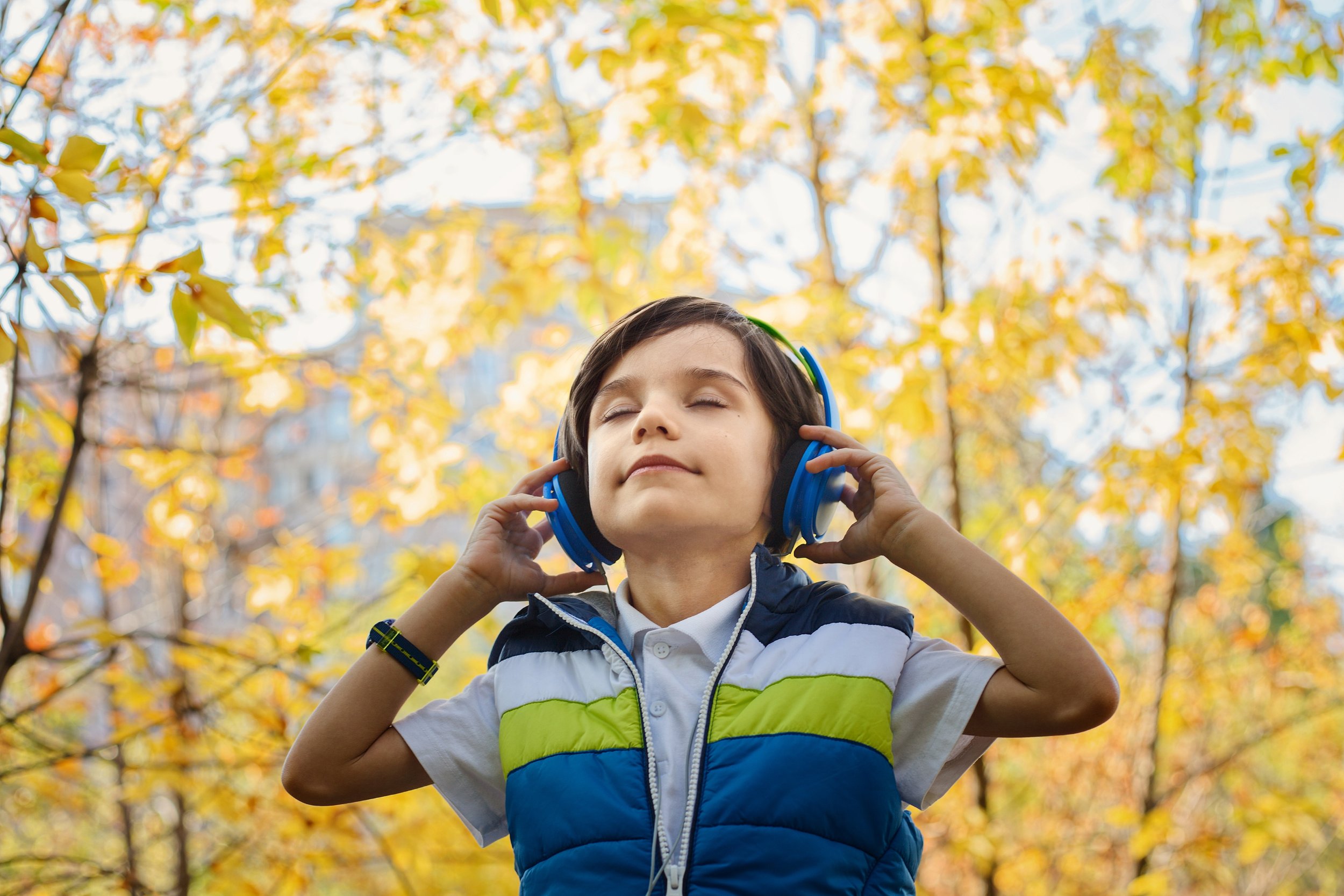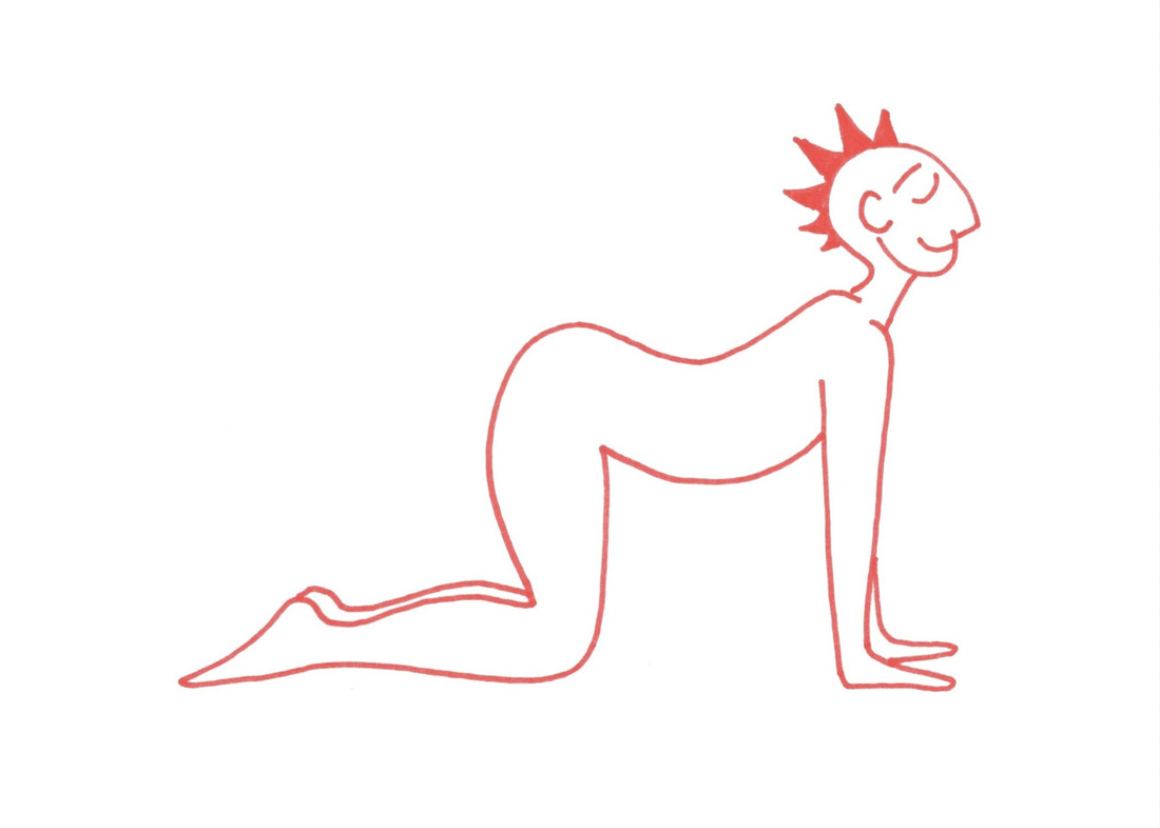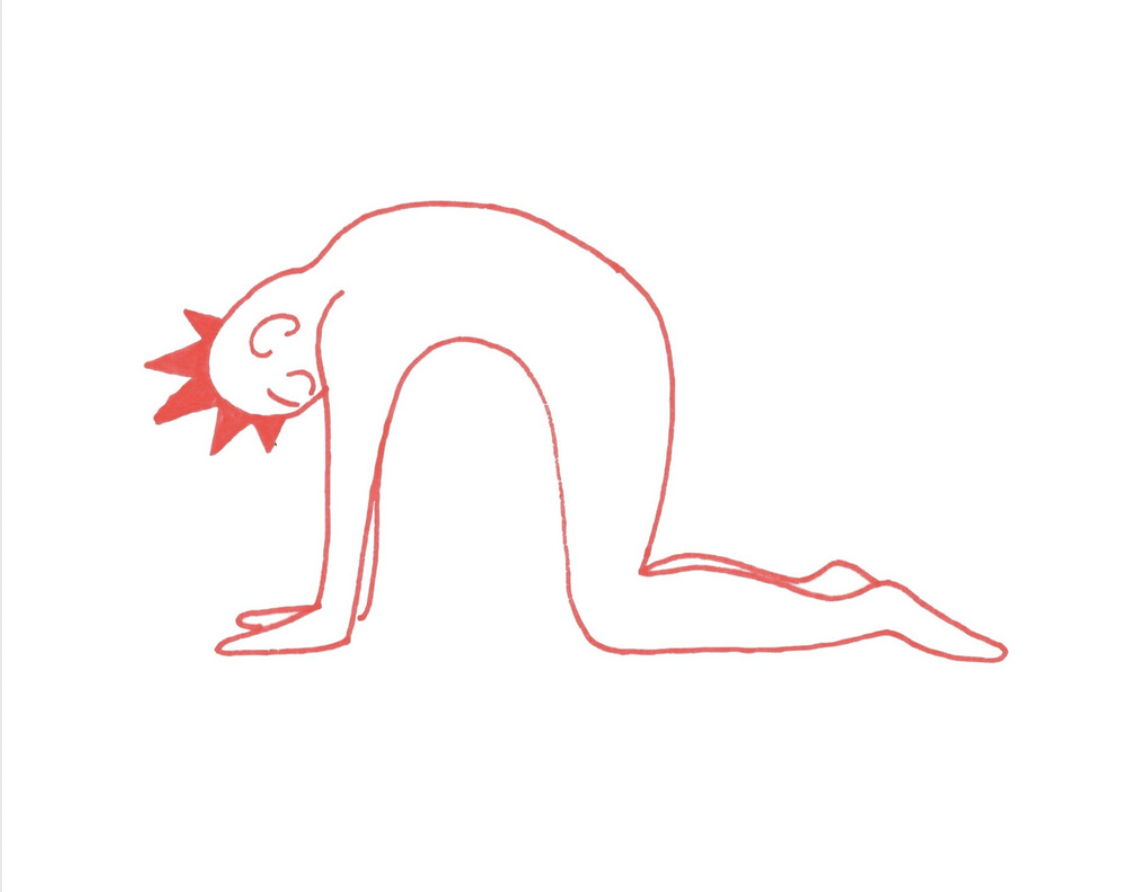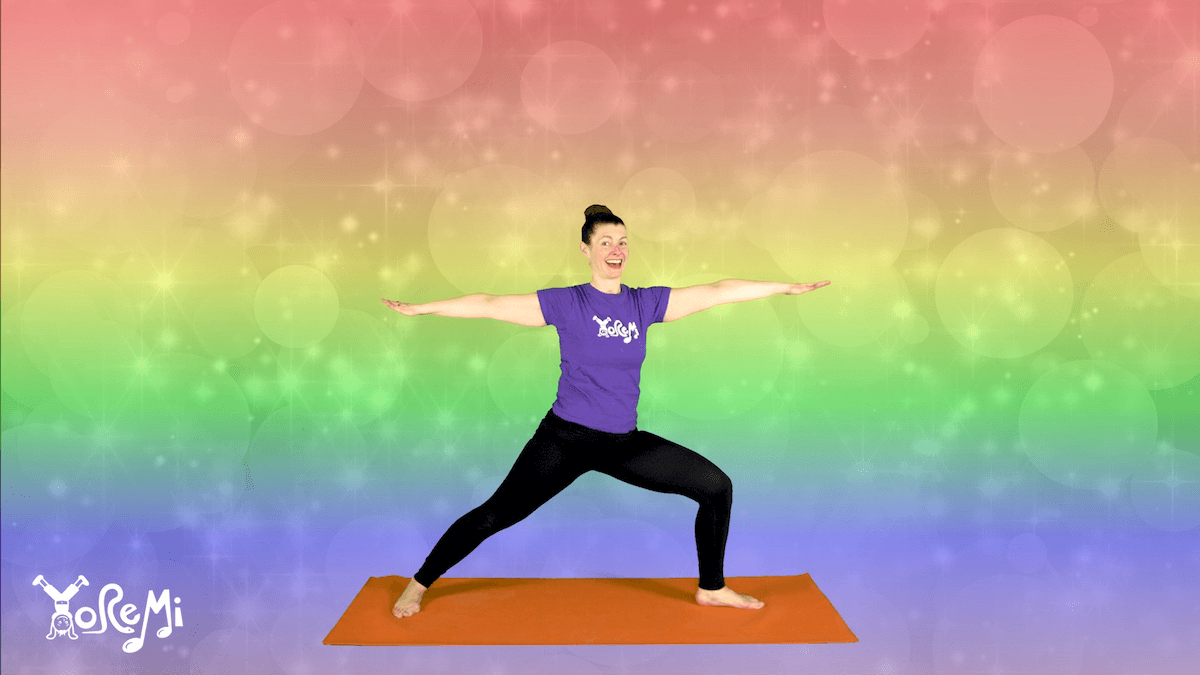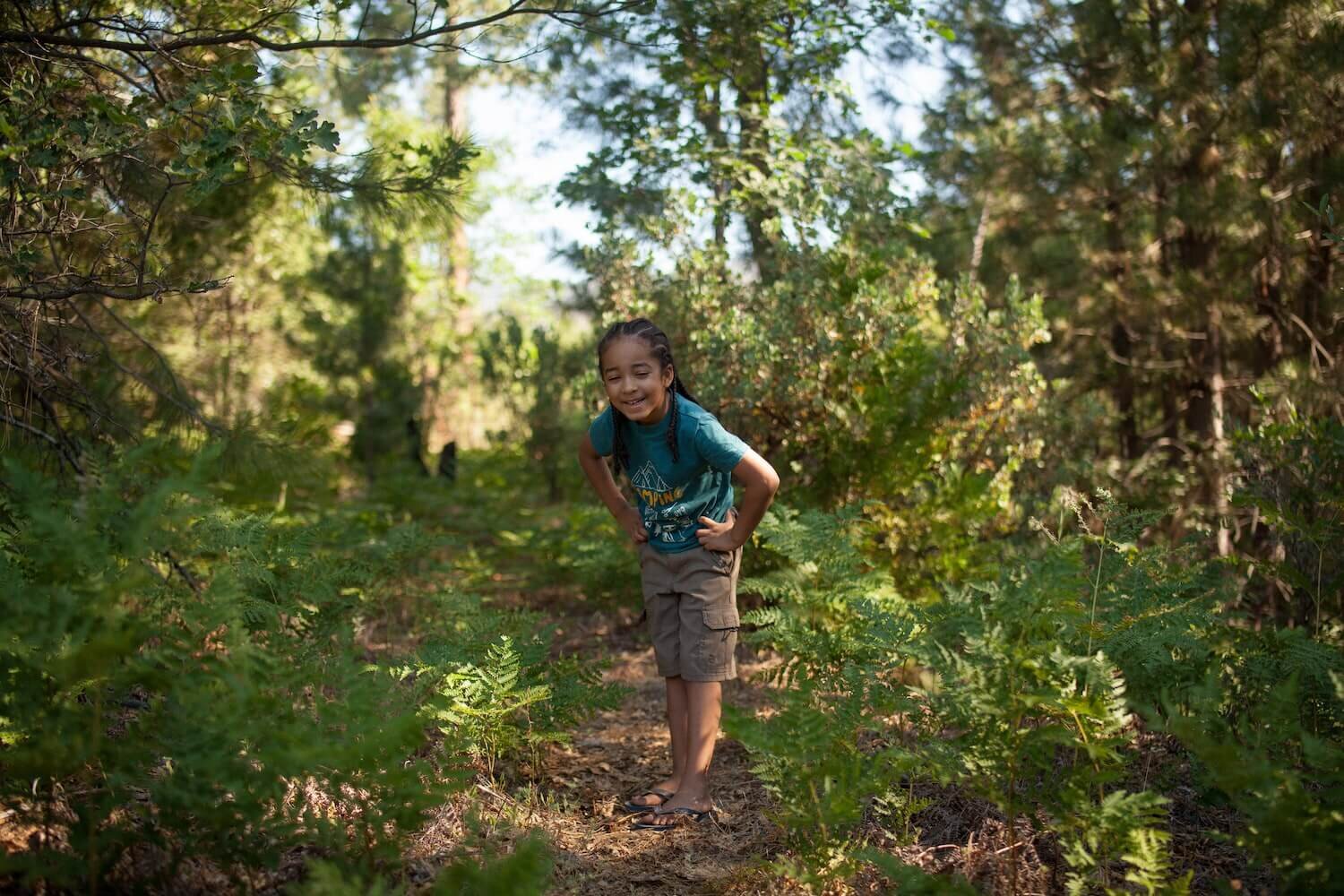The Physiology of Stress: How to Break the Stress Cycle
We have all heard that stress is bad. We read the articles, watch the news, and feel the effects of stress in our lives and relationships. Even talking or reading about stress can create an immediate and visceral response in our body…our muscles tense, our breathing grows rapid and shallow. Maybe this is happening to you right now?
Take a deep breath in and let it out slowly…okay, let’s talk stress!
Turns out stress is not necessarily the boogeyman it is made out to be. We have evolved to handle stressors effectively and efficiently. What happens in our bodies when we encounter a threat is quite remarkable and has allowed humans to survive for thousands of years.
What is Stress?
Stress is a state of mental, physical or emotional strain or tension resulting from adverse or demanding circumstances. Stress is not the situation or condition causing the reaction but the way our bodies overcome or cope with those adversities in an attempt to return us to homeostasis or balance.
All living things have an innate response to stressors. Plants respond to drought or extreme temperatures, animals pump out stress hormones in unexpected situations and humans also respond to life’s challenges with a complex biological and psychological reaction.
In most cases, reactions to stressors would be considered healthy, perhaps even essential, as they have developed over thousands of years to ensure the survival of various species. Stress responses help living things adapt to new and changing environments and to evolve over time.
What is The Stress Response
In response to perceived threat, the adrenal medulla secrete the hormone adrenaline which activates the sympathetic nervous system and triggers the fight-flight response.
Heart rate, pulse, blood pressure, and breathing rate increase as our body prepares to fight or flee. At the same time, adrenaline reduces the activity of the parasympathetic nervous system and decreases digestion and other rest and recovery activities.
How does the Stress Response Work?
Our body’s response to stressors is quite extraordinary and complex. First, an overwhelming or threatening situation is perceived by the hypothalamus at the base of the brain. The hypothalamus then activates our autonomic nervous system and stimulates the Hypothalamic Pituitary Adrenal (HPA) axis.
Our autonomic nervous system consists of the sympathetic (arousal) and parasympathetic (relaxed) nervous system and regulates activities like circulation, digestion, respiration, temperature regulation and some vital organs. It is responsible for maintaining homeostasis in the body.
Once the threat is over, the parasympathetic nervous system returns our body’s physiological conditions back to a balanced state. Heart rate and breathing slows as rest, digest and recovery functions come back online.
Acute vs Chronic Stress
Acute stress is healthy stress. It is temporary, short-term and after the stressor is resolved, there is post-stress physical recovery. Taking an exam, competing in an athletic competition, giving a speech or performing in front of an audience, or slamming on the brakes to avoid a collision are all examples of situations that might result in acute stress.
In these situations, the stress response is helpful, sharpening our focus, increasing our memory, and preparing us physically.
After we finish the exam, win the match, complete our performance to rousing applause, we feel victorious and recognize our ability to respond appropriately to and overcome adversity. Our parasympathetic nervous system returns us to homeostasis and we may experience increased resilience and capacity.
Chronic stress is unhealthy stress. Our body experiences too much stress, too often. Stressors pile on, one after the other, without adequate time for recovery, and the system gets overloaded and stuck. Our stress system is activated over long periods of time, leading to overexposure to cortisol and other stress hormones.
Major stressors are persistent and often connected to primary relationships, work or our environment. Examples are illness, poverty, marital strife, workplace discrimination and many more. Chronic stress affects all the systems of the body, creating illness and disease which then results in more stress. It is a vicious cycle.
Stress vs Stressor
In their recent book “Burnout: The Secret to Unlocking the Stress Cycle,” sisters Amelia and Emily Nagoski claim that stress itself is not our biggest problem. The issue is that our strategies for dealing with stressors do not address our body’s physiological response.
“To be ‘well’ is not to live in a state of perpetual safety and calm, but to move fluidly from a state of adversity, risk, adventure, or excitement, back to safety and calm, and out again. Stress is not bad for you; being stuck is bad for you.”
The Nagoski sisters explain that we must separate the stressor from the stress response and resolve each of them separately, often in very different ways.
Take the example of slamming on our brakes and narrowly avoiding a collision. The external stressor has already been resolved. The accident was avoided. However, we haven’t resolved the stress response of our nervous system and the cascade of hormones now racing through our body. We feel shaky, our heart is racing, our mouth is dry and we sense overwhelming nausea. The mind feels sharply focused and foggy at the same time.
Our body doesn’t know the stress was resolved. We need to complete the physical stress cycle and allow the parasympathetic nervous system to bring us back online. But now we’re late for work and have to drop our kid off at school and get going.
When we arrive at work we are hustled directly into a big meeting where we are giving a presentation. Then a client calls with a huge problem and we have to skip lunch to put out some fires before heading home late to a whole list of other pressing responsibilities. We finally get to bed, exhausted but unable to fall asleep. This is just one example of how many of us live in a state of daily chronic stress.
Stress and Kids
The separation of stress and stressor is especially helpful when considering the impact of stress on young people. In our workshops we discuss how children, especially young children, are often not able to resolve many of their stressors.
They do not have control over their environment, their family dynamics, or the institutions and systems they interact with on a daily basis. Children have few choices and lack the ability to leave or change stressful situations.
Teaching children how to complete the stress response may provide some relief when the stressor cannot be resolved. Even as adults, we encounter many stressors that we do not have the power to change. In these instances, resolving the related physiological stress may allow us to see our challenges differently, allowing us to shift our perspective and perhaps find a creative resolution.
Here are 3 ways children & grown-ups can Complete the Stress Cycle
1. Breathing Exercises
Our breath has an enormous impact on our physiology and deep, conscious breathing has been shown to trigger an immediate relaxation response that affects not only our nervous system but every system in the body.
In the 1970’s, Dr. Herbert Benson coined the term relaxation response to scientifically validate using ancient techniques to activate the parasympathetic nervous system and thereby reduce stress, reverse aging and promote overall health and well-being.
Try this: Belly Breathing
Sit comfortably with a long spine.
Place one hand on your belly at your low ribs and one hand on your chest.
Breath in deeply, feeling your belly, ribs and lungs expand.
Breathe out slowly feeling your ribs and chest relax and your belly contract.
Continue breathing for at least 20 breaths, keeping your eyes open to follow along with the breathing ball video or gently closing your eyes to bring your attention inward.
For young children, have a breathing ball available at home or in the classroom that they can use whenever they need.
As you practice belly breathing, you may already notice sensations of calm and peace washing over your body. This is the relaxation response taking hold.
To deepen the relaxation, try extending the exhale using a technique called straw breathing.
Breathe in through the nose and then purse the lips and imagine you are breathing out through a straw.
Inhale for 3 our 4 seconds and then double the length of the exhale to 6 or 8 seconds.
Only extend the breath to a length that feels easy and relaxed. If you notice any tension or light-headedness, return to even and regular breathing.
2. Get Moving to Release Stress
When our sympathetic nervous system is activated, our body is preparing all our systems for the strenuous activity of either fighting off a predator or running away. The best way to complete the stress cycle is to run, literally!
We see this happen in nature. Imagine a gazelle is being chased by a lion. The gazelle runs and escapes but does not immediately go back to peaceful grazing. It prances, shakes its whole body, jumps and moves to release the stress of what just happened. Then, eventually the shaking subsides and it returns to normal activity.
Exercise is proven to release stress and experts recommend we aim for 20-30 minutes per day. Yoga, running, dancing are all fun ways to complete the stress cycle and feel better fast.
When practicing yoga, choose sequences involving big, full-body movements that utilize all the muscle groups and invite a cardiovascular workout. Let’s combine the benefits of dance and yoga together in this Hip-Hop Sun dance with Dan!
When we encounter stressors, we don’t always have the space, time or ability to run or break out into a yoga sequence. In those moments, we can use a technique like progressive relaxation, also known as tighten and release to release the physical symptoms of stress.
Try this: Progressive relaxation (tighten and release)
Begin seated comfortably or lying down
Squeeze the muscles of the toes and feet as tightly as possible.
Breathe in as you squeeze, then breathe out and relax completely.
Move up the body, adding an additional muscle group with each breath - legs, hips, glutes, belly, torso, fingers and hands, arms, shoulder, face.
Breathe in and squeeze all the muscles in the body as tightly as possible.
Exhale and release completely.
Repeat until you feel your body completely relax on the exhale.
3. Restore, Relax and Rest
Sleep is a super stress buster but until you have done the first two things on this list, it might be hard to come by. To get a full and restful night of sleep, we have to proactively support the transition into rest.
If you get into bed and your mind is racing, rather than lying there staring at the ceiling, try some full-body yoga movements with deep breathing. Start with standing poses and then gradually move to the floor to shift into peaceful stillness.
When the mind gets stuck in rumination, practices like guided relaxation, yoga nidra (yogic sleep), sound meditation, or a body scan can be helpful. Try this guided ukulele relaxation with Lauren Kelly.
In the end, stress is not what happens to us but our response to what happens to us.
Our response is individual, based on our experiences, history, traumas and beliefs. As we practice these tools for completing the stress cycle, we may also find our response to certain stressors becomes more mindful and less automatic.
A space develops between the stimulus and our response, and in that space we are able to choose our response. The more we practice, the wider and more peaceful that space becomes.
Learn more about the physiology of stress and how to break the stress cycle:
We explore the physiology of stress and ways to complete the stress cycle in a number of our workshops and trainings. Our extensive children’s yoga training covers the physiology of stress and can teach you ways to support yourself, your children and family, and/or your students in resolving physiological stressors.
Save this article for later and don’t forget to download the Yo Re Mi app for ad-free kids musical yoga and mindfulness videos.






